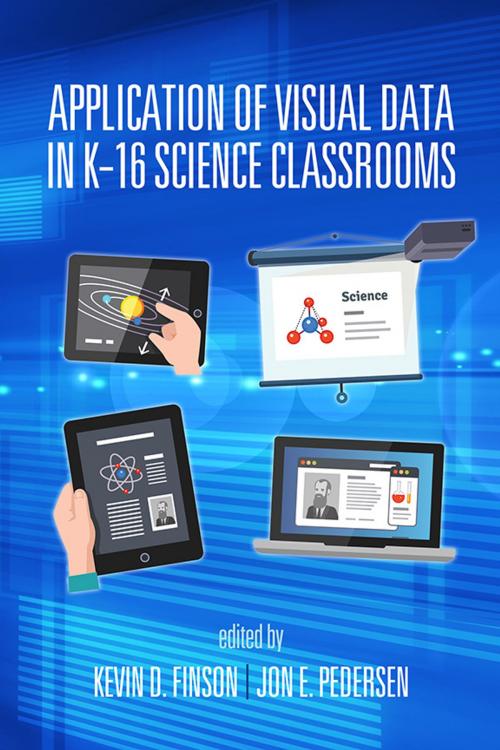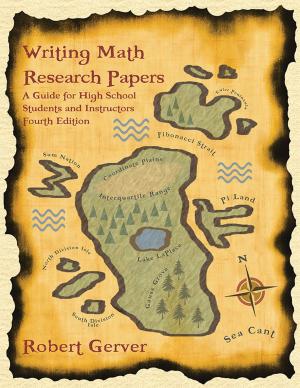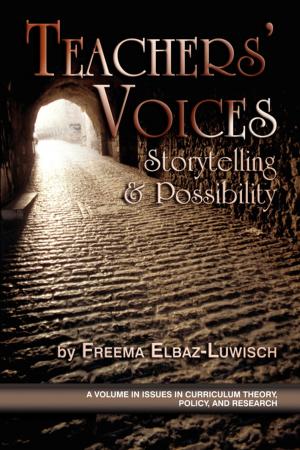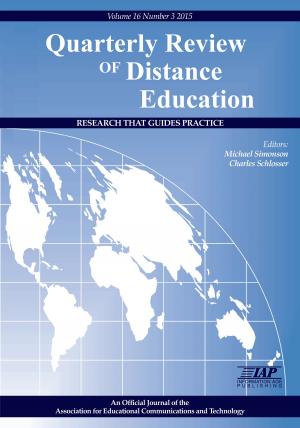Application of Visual Data in K16 Science Classrooms
Nonfiction, Reference & Language, Education & Teaching| Author: | ISBN: | 9781681230498 | |
| Publisher: | Information Age Publishing | Publication: | March 1, 2015 |
| Imprint: | Information Age Publishing | Language: | English |
| Author: | |
| ISBN: | 9781681230498 |
| Publisher: | Information Age Publishing |
| Publication: | March 1, 2015 |
| Imprint: | Information Age Publishing |
| Language: | English |
This book examines visual data use with students (PK16) as well as in preservice in service science teacher preparation. Each chapter includes discussion about the current state of the art with respect to science classroom application and utilization of the particular visual data targeted by the author(s), discussion and explanation about the targeted visual data as applied by the author in his/her classroom, use of visual data as a diagnostic tool, its use as an assessment tool, and discussion of implications for science teaching and/or science teacher preparation. Although the body of research and practice in this field is growing, there remains a gap in the literature about clearly explicating the use of visual data in the science classroom. A growing body of literature discusses what visual data are (although this topic is still viewed as being at the beginning of its development in educators’ thinking), and there are some scattered examples of studies exploring the use of visual data in science classrooms, although those studies have not necessarily clearly identified their foci as visual data, per se. As interest and attention has become more focused on visual data, a logical progression of questioning has been how visual data are actually applied in the science classroom, whether it be early elementary, college, or somewhere in between. Visual data applications of interest to the science education community include how it is identified, how it can be used with students and how students can generate it themselves, how it can be employed as a diagnostic tool in concept development, and how it can be utilized as an assessment tool. This book explores that, as well as a variety of pragmatic ways to help science educators more effectively utilize visual data and representations in their instruction.
This book examines visual data use with students (PK16) as well as in preservice in service science teacher preparation. Each chapter includes discussion about the current state of the art with respect to science classroom application and utilization of the particular visual data targeted by the author(s), discussion and explanation about the targeted visual data as applied by the author in his/her classroom, use of visual data as a diagnostic tool, its use as an assessment tool, and discussion of implications for science teaching and/or science teacher preparation. Although the body of research and practice in this field is growing, there remains a gap in the literature about clearly explicating the use of visual data in the science classroom. A growing body of literature discusses what visual data are (although this topic is still viewed as being at the beginning of its development in educators’ thinking), and there are some scattered examples of studies exploring the use of visual data in science classrooms, although those studies have not necessarily clearly identified their foci as visual data, per se. As interest and attention has become more focused on visual data, a logical progression of questioning has been how visual data are actually applied in the science classroom, whether it be early elementary, college, or somewhere in between. Visual data applications of interest to the science education community include how it is identified, how it can be used with students and how students can generate it themselves, how it can be employed as a diagnostic tool in concept development, and how it can be utilized as an assessment tool. This book explores that, as well as a variety of pragmatic ways to help science educators more effectively utilize visual data and representations in their instruction.















